Hyundai Creta facelift review, test drive
The refreshed Hyundai Creta is finally here. We tell you all that’s changed on the bestseller.
Published on May 25, 2018 01:29:00 PM
88,841 Views
Follow us on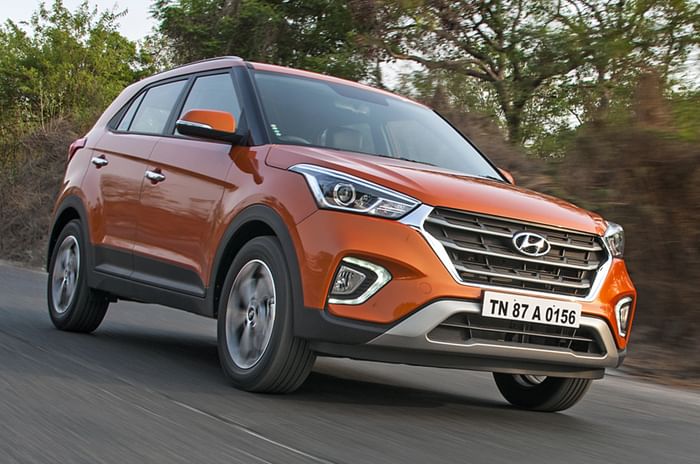
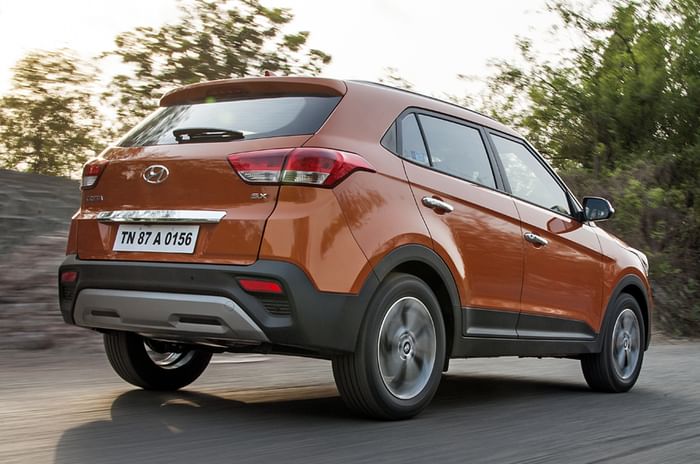
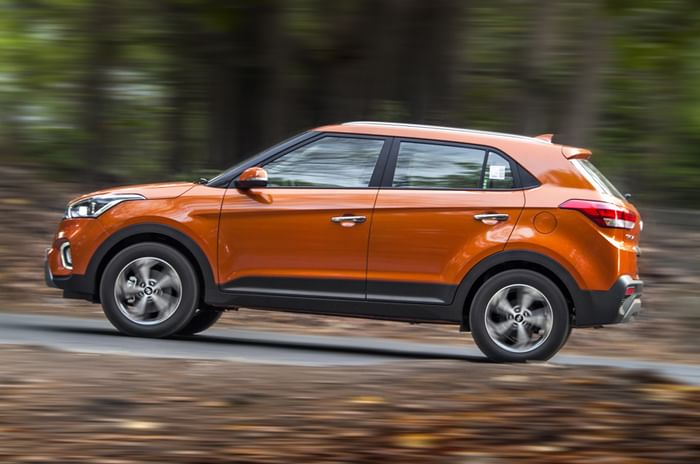
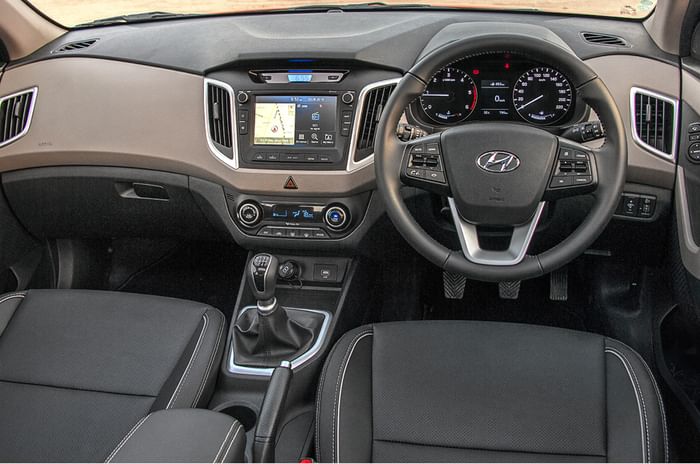
Check out the refreshed Hyundai Creta in-depth and in pictures here.
What is it?
Since its launch in 2015, the Hyundai Creta has caught the fancy of Indian buyers. It’s been a big seller from day one, and given how well the Creta has been doing, Hyundai was understandably not in a tearing hurry to launch the facelifted Creta in India. But here it is. The Creta gets a visual makeover, more features and minute changes to its mechanicals. As before, it’s available with a 1.4-litre diesel, and 1.6 petrol and diesel engines, both with manual and automatic gearbox options. With this update, Hyundai has also trimmed the variant count from seven to five. Prices have changed but with feature additions, so has the value proposition.
We got our hands on the updated Hyundai Creta in the fully-loaded 1.6-litre diesel-manual form.
| Hyundai Creta Price, Mileage, Specifications, Features and Variants | |
|---|---|
| Brand | Hyundai |
| Model Name | Creta |
| Hyundai Creta Price | ₹ 12.98 - 24.16 lakh |
| Hyundai Creta Range/Mileage | Petrol : 17.4 - 18.4kpl | Diesel : 19.1 - 21.8kpl |
| Hyundai Creta Specifications | SUV | 5 doors | 5 seats View All Specs |
| Hyundai Creta Features | LED headlight | 10.25-inch Touchscreen display | 6 airbags View All Features |
| Hyundai Creta Variants | Petrol E MT | Petrol EX MT | Diesel E MT View All Variants |
What’s it like on the outside?
The Hyundai Creta’s basic shape remains the same but there are a few cosmetic changes to mark this version as the facelifted model. Up front, there’s a new grille that’s larger, wider and bolder than the outgoing model’s, and like the latest lot of Hyundai’s (and, ahem Audis), it fuses in with the headlamps. The headlamps remain unchanged in design, but have been re-profiled and carry bi-functional projector lamps. The LED position lights, which looked like daytime running lights (DRLs) in the earlier car, have now been removed. Instead, the new car gets proper LED DRLs surrounding the fog lamps on the lower part of the restyled bumper, and their ‘C’ shape looks really good. Adding to the SUV character of the vehicle, Hyundai has also increased the size of the faux skid plates at the front and back.
In profile, the only change of note is the new design of the 17-inch alloy wheels. The ‘diamond-cut’ alloys are cleaner in look and help the Creta’s appearance. There’s not much new to report of at the rear. The tail-lights are re-profiled and the bumper has been redone as well.
As has almost become the norm with new car launches in India, the Creta facelift too will be available in a new orange shade. There are a total of seven paint options on offer with two additional dual-tone schemes for the SX trim. In all, the Creta remains a handsome-looking SUV.
What’s it like on the inside?
Hyundai hasn’t made any major changes in the cabin and the dashboard carries the same design as before. It’s a neat, well-finished and user-friendly space, but occupants in the rear don’t get as good a view out as they’d expect in an SUV; the relatively low seating and high window line are to fault.
Where the Creta facelift differs is in equipment and features. The top-spec SX(O) trim costs about Rs 50,000 more than before, but the added outlay also gets you plenty more kit. New to this version of the Creta is an electric sunroof, a powered driver’s seat, cruise control, wireless phone charging and auto-dimming internal rear-view mirror. There’s also a smart key band that lets you lock/unlock the doors without the need for the physical key fob. It doubles as a fitness band too, counting calories and steps, so you have more reason to keep it on. Also new is Hyundai’s Autolink app connectivity, which allows you to monitor driving patterns, check vehicle health, get roadside assistance and make a service request.
The Creta’s instrument cluster and touchscreen infotainment system are also revised and now get upgraded software from the new Verna. The infotainment unit is extremely user-friendly, loaded with Android Auto and Apple CarPlay, and works perfectly, without any sort of lag.
We do wish the Verna’s ventilated front seats were also part of the list. Also, it’s a bit disappointing to see that Hyundai only offers Isofix child-seat mounts at the rear on the SX automatic trim, and not across the range. As for safety, ABS and dual front airbags are standard, while the top-spec SX(O) trims gets side airbags and electronic stability control too. Surprisingly, the spare wheel which was earlier a full sized alloy is now a steel wheel.
What’s it like to drive?
There have been minimal mechanical changes to the updated Hyundai Creta, and the 1.6-litre diesel engine carries forward the strengths that impressed us the first time around. The 126hp and 260Nm max power and torque figures remain unchanged, but Hyundai has widened the torque band, with max torque now produced at 1,500-3,000rpm, rather than the earlier 1,900-2,750rpm.
As before, the diesel engine runs quiet and refinement levels are impressive. Start moving around in the city and you will notice that there is a bit of turbo lag below 1,700rpm, post which the car starts to pull nicely, and there is enough grunt throughout the power band of the engine. Drivability is marginally better than before and even at low revs, the engine doesn’t feel dead, with power delivery being linear up until the turbo kicks in. You can get by being in a higher gear at fairly low engine speeds as well. The strong mid-range of the engine makes overtaking in town and at highway speeds considerably easy. The six-speed gearbox is pleasant and the clutch is light, but the pedal has a long travel which might be of slight discomfort in the traffic. What does come as welcome news, in these times of high fuel prices, is Hyundai’s claim of enhanced fuel economy. The 1.6 diesel engine is said to be 4 percent more efficient (petrol efficiency up 3 percent), but we’ll have to put it through a full test to verify the claim.
Hyundai also claims to have fine-tuned the suspension setup, although the difference isn’t substantial. The suspension is still on the softer side and does well at low speeds. While most of the bumps and potholes are dismissed easily, some sharp ones do manage to filter into the cabin. The steering also continues to be light and easy to use, but doesn’t give the sense of connect you’d want at high speeds. Also, high-speed ride feels soggy and doesn’t feel as settled or composed as what you’d get in the Renault Duster or Captur.
Should I buy one?
The Hyundai Creta facelift is quite successful as updates go. At a premium of Rs 50,000 on this top-end SX(O) variant, the facelift does offer what most buyers would be looking for in an SUV of this size, and then some more. What is nice is that the petrol Creta is finally available in top-spec guise but automatic version buyers will still have to make do with a lower trim. Also, improved high-speed manners would have helped complete the update.
But if you’ve had your heart set on the Creta, and don’t mind paying the extra money for the added features, Hyundai’s SUV has never been better to buy.
Also see:
Tech Specs 
Copyright (c) Autocar India. All rights reserved.


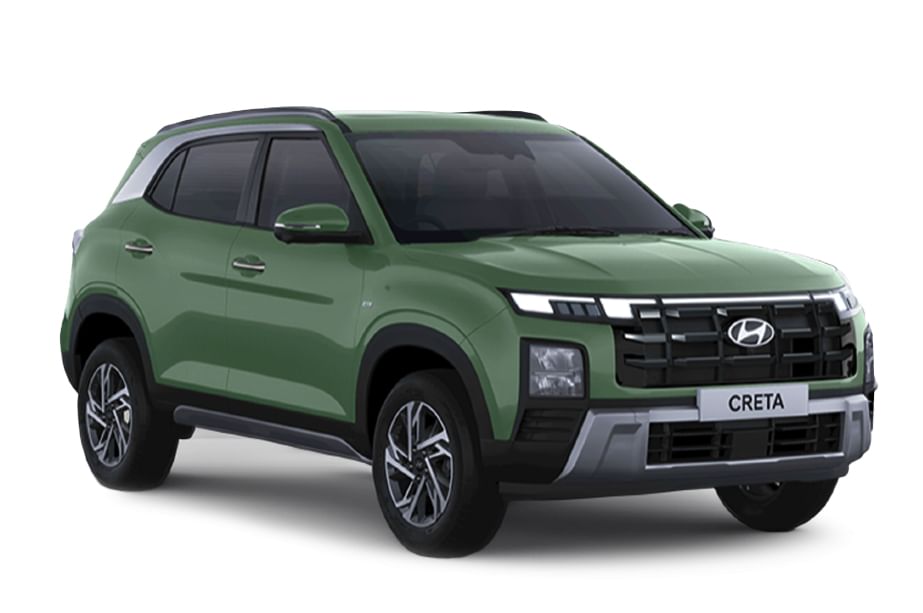




 Price
Price Engine
Engine Transmission
Transmission Efficiency
Efficiency Body
Body Suspension
Suspension Brakes
Brakes Dimensions
Dimensions
Comments
Member Login
Personal Details
No comments yet. Be the first to comment.